Hemorrhoids | University of Iowa Hospitals & Clinics
Hemorrhoids are anal blood vessels that are a normal part of your anatomy. Hemorrhoids can become abnormal and problematic when they become dilated or engorged. Having abnormal hemorrhoids can be referred to as hemorrhoidal disease.

Prolapsed Haemorrhoids – Symptoms, Causes, and Treatment – PharmEasy Blog
Haemorrhoids are enlarged, swollen veins in the area of your anal opening or lower rectum.

Prolapsing Hemorrhoids | IntechOpen
Hemorrhoids are a common anorectal disease and are often found in clinical practice. Patients mostly come with a complaint of anal bleeding or prolapsing mass. Grade III and IV prolapsing hemorrhoids are distinguished from grade II by the fact that grade II prolapse only during defecation and returns simultaneously after defecation and usually does not cause complaint. Prolapsing hemorrhoids should be differentiated from prolapsing rectal polyps, small rectal prolapse, anorectal tumors, hypertrophy of the anal papilla, and condylomas. Nowadays, the management of prolapsing hemorrhoids varies. Medical therapy is rarely used alone, it is used to improve the effect of surgical therapy. The surgical gold standard for prolapsing hemorrhoids is excision surgery (hemorrhoidectomy) with or without suturing. However, since it comes with pain complaints, non-excision surgery is now offered. Non-excision surgery is divided into two types—stapled hemorrhoidopexy and hemorrhoidal artery ligation and rectoanal repair. Each method of surgery has its own advantages and disadvantages. This chapter review discusses the anatomy, pathophysiology, diagnosis, and management of prolapsing hemorrhoids.
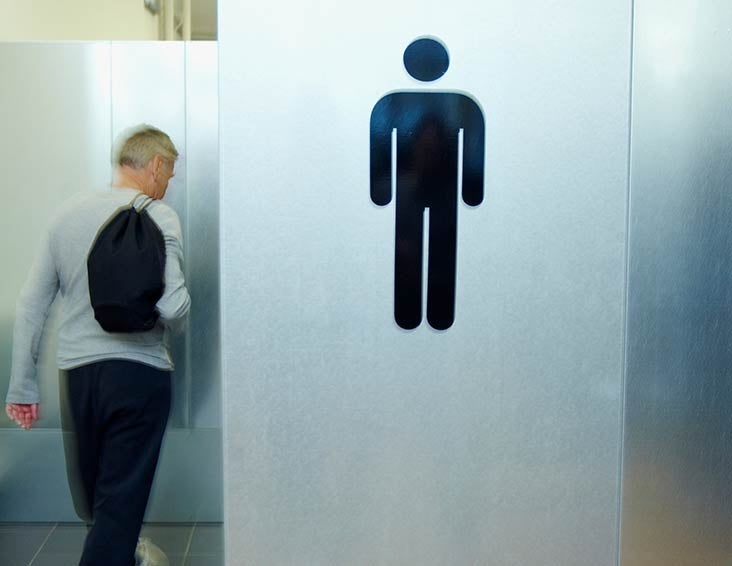
What Do Hemorrhoids Look Like: Types and More Healthline
There are four types of hemorrhoids: internal, external, prolapsed, and thrombosed. Find out what they look like and more.
![What are haemorrhoids? Haemorrhoids, or piles, are enlarged tissue cushions in the anus as a result of enlarged or congested blood vessels. While it is normal to have these tissue […]](https://alpinesurgical.sg/wp-content/uploads/2020/04/Alpine_Surgical_Practice_Piles_Banner01.png)
Haemorrhoids – Alpine Surgical Practice | Colorectal Surgeon | Lipoma Removal | Colonoscopy close arrow-circle-o-down align-justify map-marker facebook-square phone-square angle-left angle-right ellipsis-v youtube-square instagram whatsapp cross
What are haemorrhoids? Haemorrhoids, or piles, are enlarged tissue cushions in the anus as a result of enlarged or congested blood vessels. While it is normal to have these tissue […]
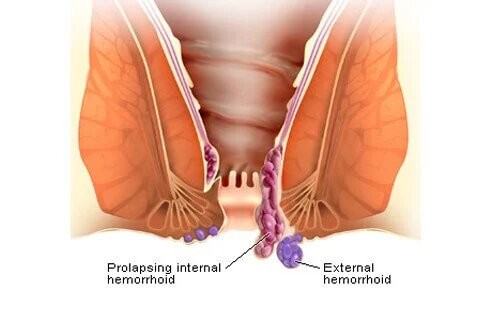
Hemorrhoids, Symptoms, Causes, Types – Bay Biosciences, LLC.
Hemorrhoids are swollen, enlarged veins that form inside and outside the anus and rectum. The walls of the blood vessels stretch so thin that the veins bulge.
Hemorrhoids: Background, Anatomy, Etiology and Pathophysiology
Hemorrhoids are swollen blood vessels in the lower rectum. They are among the most common causes of anal pathology, and subsequently are blamed for virtually any anorectal complaint by patients and medical professionals alike.

Hemorrhoid – Wikipedia
Hemorrhoid Signs & Symptoms | CRH O’Regan System® | Rapid Relief Hemorrhoid Clinic Hemorrhoid Signs & Symptoms | CRH O’Regan System® | Rapid Relief Hemorrhoid Clinic
Learn the signs and symptoms of hemorrhoids, and how the CRH O’Regan system offers a fast, effective, safe and nonsurgical approach to hemorrhoid treatment.
Symptoms of Prolapsed Internal in Udaipur, India
GUJRAT PILES & GASTRO CARE CENTERIt is a dream come true for the founder Ex. Dr.Iqbal K.Goury,C.R.A.V. (Ahmedabad), B.A.M.S., P.G.D. in AIDS, P.G.D.Y., M.Sc
Hemorrhoidal disease: Diagnosis and management – Mayo Clinic
Rubber band ligation has been shown to be a safe, effective and painless therapy for grade I and grade II hemorrhoids. Although less durable than surgical excision, it is also less costly, has fewer complications and zero recovery time.

Can Grade 2 And 3 Hemorrhoids Go Away on Their own
Can grade 2 and 3 hemorrhoids shrink and become asymptomatic, as long as the patient follows healthy habits? Learn more-
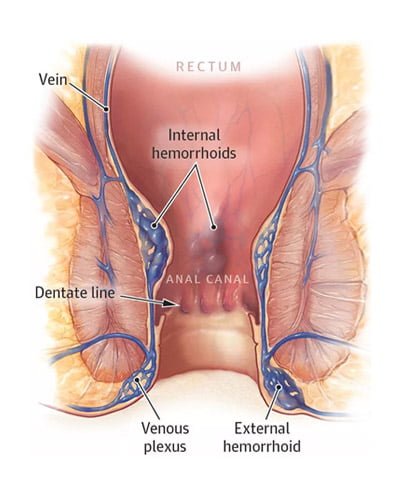
Hemorrhoid Treatment Specialist NYC | New York City Hemorrhoid Doctor
Our board-certified gastroenterologists are experts in non-surgical hemorrhoid treatments offering safe and effective same-day removal in Midtown & Upper East Side NYC.
Hemorrhoids: Everything to Know | Gastroenterology Orlando
Hemorrhoids (also known as piles) are swollen, inflamed veins in your lower rectum and anus, similar to varicose veins. Read more about symptoms and treatment.
Patient Basics: Hemorrhoids | 2 Minute Medicine
Originally published by Harvard Health. What Is It? Hemorrhoids are lumps or masses of tissue in the anus, which contain enlarged blood vessels. Any increase in abdominal pressure may produce hemorrhoids. This may be from: Repeated straining to have a bowel movement, especially in people who suffer from frequent constipation. Pregnancy. Repeated episodes of diarrhea. Obesity.

Hemorrhoids: The Definitive Guide to Medical and Surgical Treatment – Consult QD Left Arrow Right Arrow email email
Heres a comprehensive review of how to diagnose and grade hemorrhoids, as well as how to select the appropriate medical or surgical treatment based on current clinical evidence.
What are prolapsed haemorrhoids? Causes & Treatment | Germoloids
Prolapsed haemorrhoids are those that protrude outside of the bottom. Find out how you can recognise this type of haemorrhoids and what you can do to treat them

Hemorrhoids: Causes, Treatment, and Prevention
Hemorrhoids can be painful and inconvenient, but treatment options are available and prevention is possible. Hemorrhoid Causes & Symptoms.
General Information – Colon Rectal Surgical Associates
General Information HEMORRHOIDS: DIAGNOSIS AND TREATMENT Patients often contact our office seeking care for hemorrhoids; you may be surprised to learn, however, that only a small percentage of these complaints are actually due to hemorrhoids. A wide range of conditions, including fissures, fistula abscesses, infections, and even cancer can produce similar symptoms. The most frequent … General Information Read More »
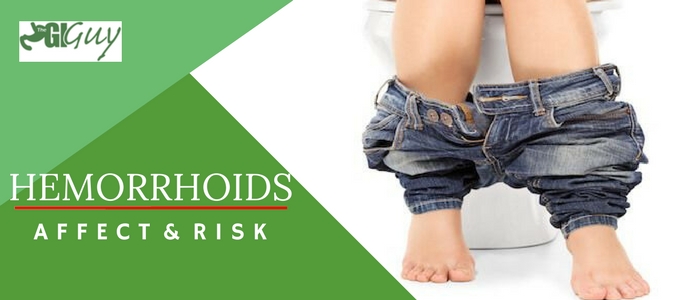
4 Types Of Hemorrhoids That Can Affect You-Get Rid of It at GiGuy
Hemorrhoids are a common GI disease that can actually be categorized into four types. Know more about the different types of hemorrhoids in details so that you can identify them, the symptoms, side effects, and the right treatment. Keep reading to know more.
Rectal Prolapse: Symptoms, Causes & Treatment
Rectal prolapse occurs when your rectum, part of your large intestine, slips down inside your anus. It’s caused by a weakening of the muscles that hold it in place.

THE HEMORRHOIDS GRADING SYSTEM GUIDE. HEMORRHOID GRADE SCALE 1, 2, 3, – REVIVOL-XR
Hemorrhoid Grade 1, 2, 3, 4 Hemorrhoid Grading System Stages of Hemorrhoids I II III IIII Grades of Hemorrhoids Grade 4 Hemorrhoids Grade 3 Hemorrhoids Grade 2 Hemorrhoids Grade 1 Hemorrhoids Hemorrhoids Size Chart Internal External Classification Prolapsed Skin Tag Fissure Treatment Treating hemorrhoidal disease

Rectal Prolapse and Hemorrhoids Dubai Hemorrhoids Clinic | DRHC
Rectal Prolapse and Hemorrhoids Dubai -The proctology clinic at DRHC provides advanced treatment and same-day surgery for hemorrhoids.

A new treatment option for grades III and IV hemorrhoids | MDedge Family Medicine
PRACTICE RECOMMENDATIONSAlthough effective for grades III an
UpToDate
{{configCtrl2.metaDescription()}}
Massive gastrointestinal bleeding after endoscopic rubber band ligation of internal hemorrhoids: A case report
Massive gastrointestinal bleeding after endoscopic rubber band ligation of internal hemorrhoids: A case report

Prolapsing Hemorrhoids | IntechOpen
Hemorrhoids are a common anorectal disease and are often found in clinical practice. Patients mostly come with a complaint of anal bleeding or prolapsing mass. Grade III and IV prolapsing hemorrhoids are distinguished from grade II by the fact that grade II prolapse only during defecation and returns simultaneously after defecation and usually does not cause complaint. Prolapsing hemorrhoids should be differentiated from prolapsing rectal polyps, small rectal prolapse, anorectal tumors, hypertrophy of the anal papilla, and condylomas. Nowadays, the management of prolapsing hemorrhoids varies. Medical therapy is rarely used alone, it is used to improve the effect of surgical therapy. The surgical gold standard for prolapsing hemorrhoids is excision surgery (hemorrhoidectomy) with or without suturing. However, since it comes with pain complaints, non-excision surgery is now offered. Non-excision surgery is divided into two types—stapled hemorrhoidopexy and hemorrhoidal artery ligation and rectoanal repair. Each method of surgery has its own advantages and disadvantages. This chapter review discusses the anatomy, pathophysiology, diagnosis, and management of prolapsing hemorrhoids.

Hemorrhoids: Causes, treatments, and prevention Medical News Today
Hemorrhoids, or piles, are common irritations around the rectum and can be extremely painful. Learn about what causes hemorrhoids, how to avoid them, home remedies, and when to see a doctor.

Rubber Band Ligation for Hemorrhoids – 3D Medical Animation – YouTube
This 3D animation is for patient education on rubber band ligation for internal hemorrhoids. Hemorrhoids are pockets of swollen blood vessels inside the anus…
Anal Surgery for Hemorrhoids: Background, Indications, Contraindications
Relevant Anatomy Hemorrhoidal cushions are anal cushions of tissue composed of blood vessels, smooth muscle, and connective tissue. These cushions are located in the upper anal canal at 3 different sites: left lateral, right anterolateral, and right posterolateral quadrant.
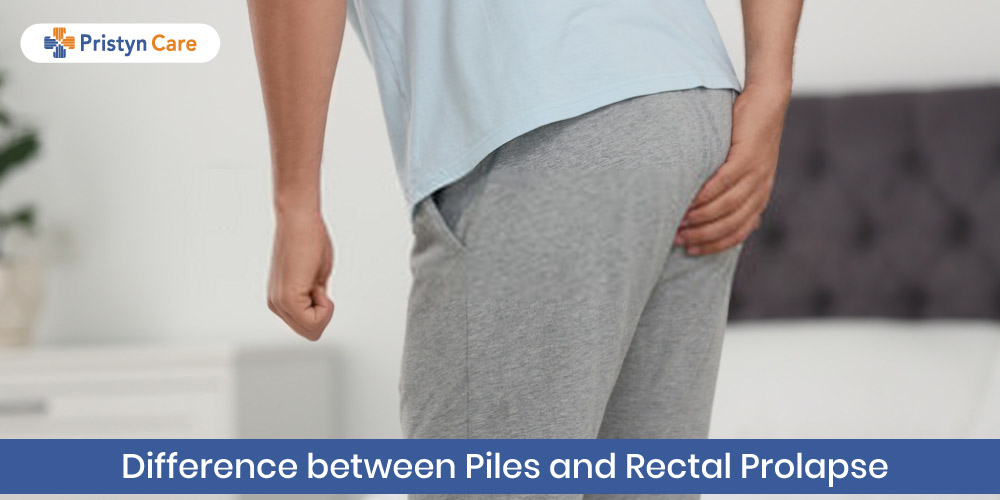
Difference Between Piles And Rectal Prolapse
Whenever you feel any strain in your rectum while emptying your bubbles, and if you also witness some blood while excreting then you may have the so-called unfortunate condition known as piles or hemorrhoids.

Anorectal Complaints: Office Diagnosis and Treatment, Part 1 | Consultant360
Pictured here are hemorrhoids, fissures, abscesses, fistulae, pilonidal disease, rectal prolapse, anal masses . . . for each, these authors outline typical findings and describe effective management strategies
Clinical observations on the treatment of prolapsing hemorrhoids with tissue selecting therapy
Clinical observations on the treatment of prolapsing hemorrhoids with tissue selecting therapy

What Do Hemorrhoids Look Like: Types and More Healthline
There are four types of hemorrhoids: internal, external, prolapsed, and thrombosed. Find out what they look like and more.

Hemorrhoids | SpringerLink
The most reliable hypothesis for the occurrence of hemorrhoids is considered to be the sliding theory that the hemorrhoids occur due to having supporting muscular fiber tissue of hemorrhoidal plexus get worse or loss of elasticity from the tearing. Internal…

Hemorrhoids: Diagnosis and Treatment Options | AAFP
Many Americans between 45 and 65 years of age experience hemorrhoids. Hemorrhoidal size, thrombosis, and location (i.e., proximal or distal to the dentate line) determine the extent of pain or discomfort. The history and physical examination must assess for risk factors and clinical signs indicating more concerning disease processes. Internal hemorrhoids are traditionally graded from I to IV based on the extent of prolapse. Other factors such as degree of discomfort, bleeding, comorbidities, and patient preference should help determine the order in which treatments are pursued. Medical management (e.g., stool softeners, topical over-the-counter preparations, topical nitroglycerine), dietary modifications (e.g., increased fiber and water intake), and behavioral therapies (sitz baths) are the mainstays of initial therapy. If these are unsuccessful, office-based treatment of grades I to III internal hemorrhoids with rubber band ligation is the preferred next step because it has a lower failure rate than infrared photocoagulation. Open or closed (conventional) excisional hemorrhoidectomy leads to greater surgical success rates but also incurs more pain and a prolonged recovery than office-based procedures; therefore, hemorrhoidectomy should be reserved for recurrent or higher-grade disease. Closed hemorrhoidectomy with diathermic or ultrasonic cutting devices may decrease bleeding and pain. Stapled hemorrhoidopexy elevates grade III or IV hemorrhoids to their normal anatomic position by removing a band of proximal mucosal tissue; however, this procedure has several potential postoperative complications. Hemorrhoidal artery ligation may be useful in grade II or III hemorrhoids because patients may experience less pain and recover more quickly. Excision of thrombosed external hemorrhoids can greatly reduce pain if performed within the first two to three days of symptoms.
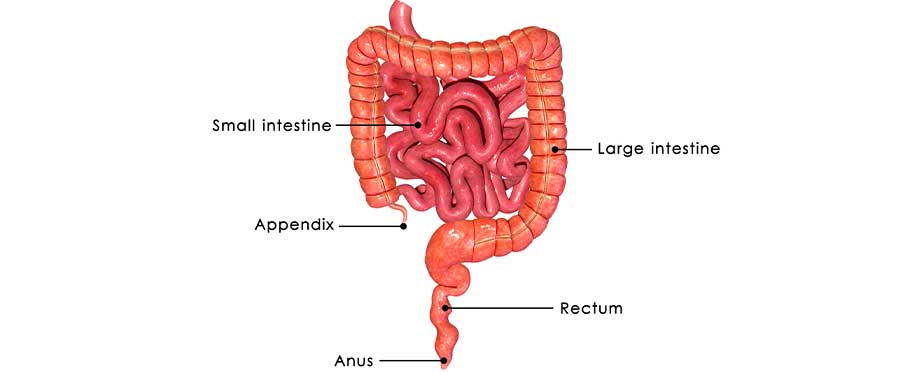
Rectal Prolapse – Orange County Hemorrhoid Clinic
Rectal prolapse refers to the collapse or dropping of all or part of the wall of the rectum towards the anus or on through the outside of the anus. It’s often described as a feeling of sitting on a ball

Hemorrhoid Treatment Specialist NYC | New York City Hemorrhoid Doctor
Our board-certified gastroenterologists are experts in non-surgical hemorrhoid treatments offering safe and effective same-day removal in Midtown & Upper East Side NYC.

Stapled hemorrhoidopexy – Wikipedia
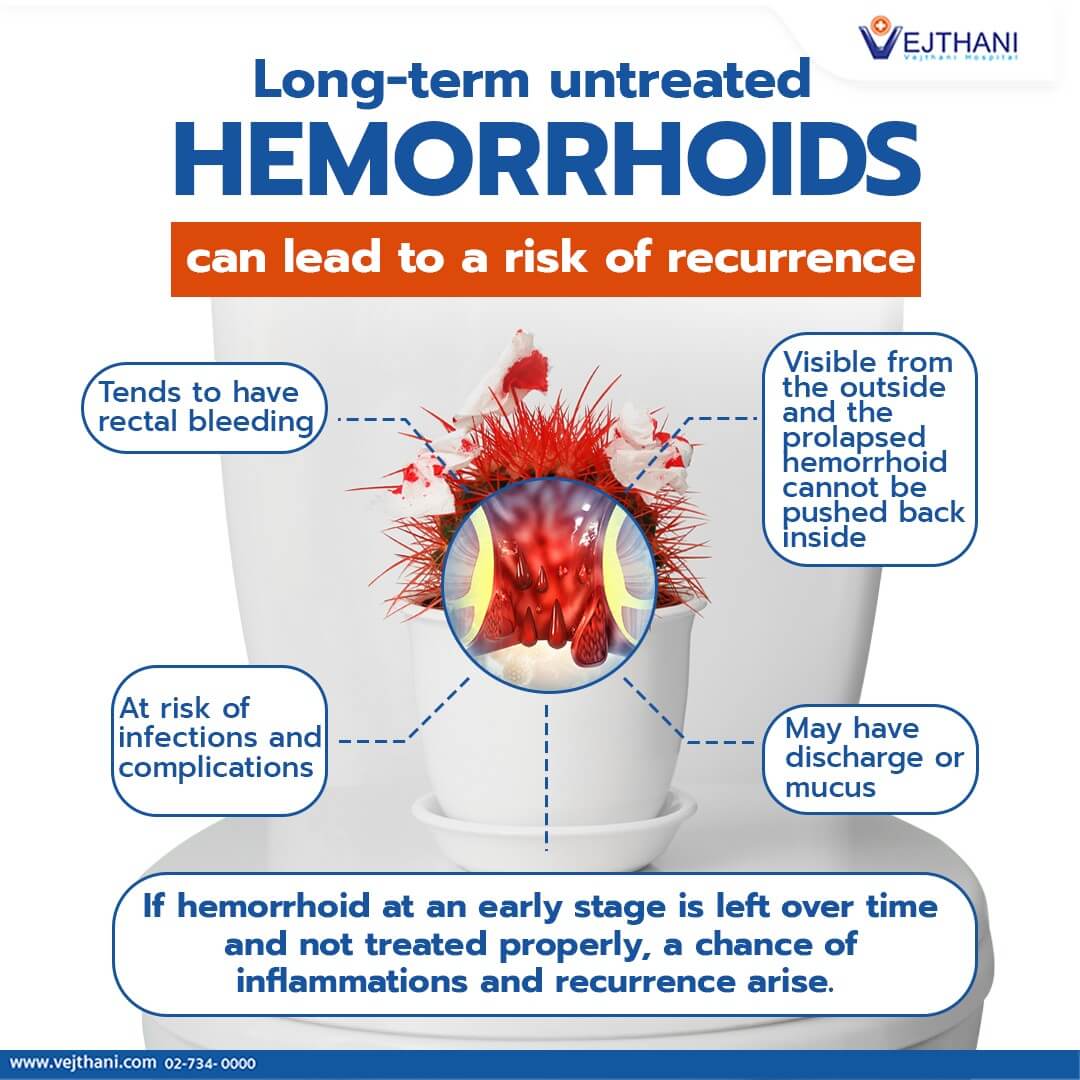
Long-term untreated Hemorrhoids can lead to a risk of recurrence – Vejthani Hospital
Although hemorrhoid does not seem like a dangerous disease, it creates a nuisance when defecating and itches during the day. There is a chance of inflammations and for symptoms to occur again if a hemorrhoid is left untreated for a long time or treated improperly.
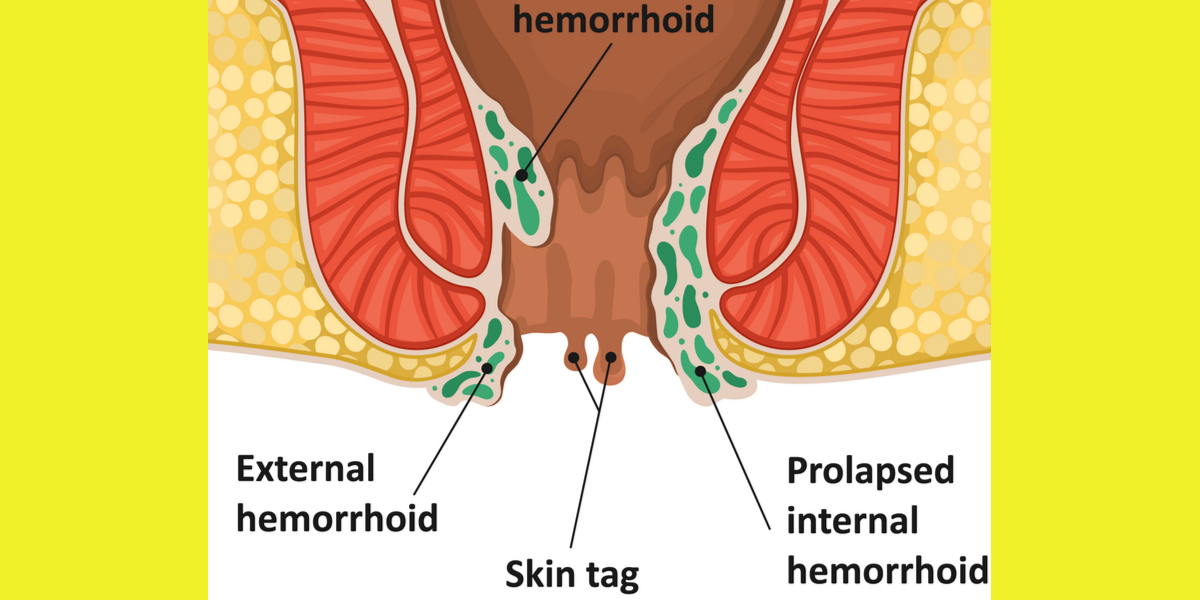
The Difference Between a Hemorrhoids and Skin Tag
Unlike anal skin tags, hemorrhoids can be itchy and painful so treat them with hemorrhoid medications that you can get online in the UK from Pharmacy Planet.

External hemorrhoids: Treatment, pictures, symptoms, and causes Medical News Today
An external hemorrhoid is a hemorrhoid that occurs outside of the body in the veins around the anus. Learn more about the symptoms, causes, and treatments here.

[PDF] Submucosal electrocoagulation for prolapsed hemorrhoids:a new operative approach to hemorrhoidal varices. | Semantic Scholar Semantic Scholar
The results of submucosal electrocoagulation (SEC), a new radical operation for prolapsed hemorrhoids, in 403 patients with third- or fourth-degree hemorrhoids are reported, indicated that SEC could dramatically reduce the incidence of the postoperative complications that sometimes occur after conventional hemorrhoidectomy. The results of submucosal electrocoagulation (SEC), a new radical operation for prolapsed hemorrhoids, in 403 patients with third- or fourth-degree hemorrhoids are reported. After resecting the anal skin tags that coexisted with prolapsed hemorrhoids, the hemorrhoidal varices could be resected and electrically coagulated through the wound without cutting the anal canal epithelium by using a fine needle-type electric knife. The results of this series indicated that SEC could dramatically reduce the incidence of the postoperative complications that sometimes occur after conventional hemorrhoidectomy, such as severe anal pain, massive anal bleeding and anal stenosis. Moreover, SEC could ensure that operated patients make an early return to social activities and have a satisfactory quality of life. Relapse of prolapsed hemorrhoids after SEC was rare.

